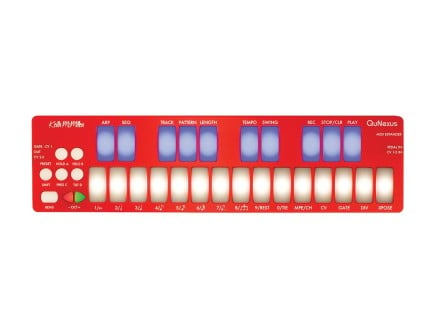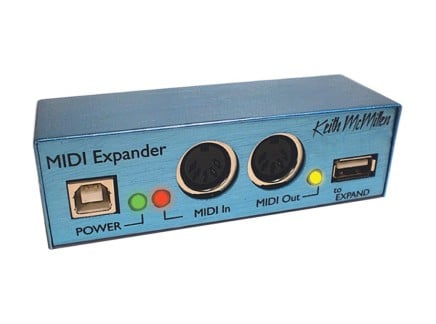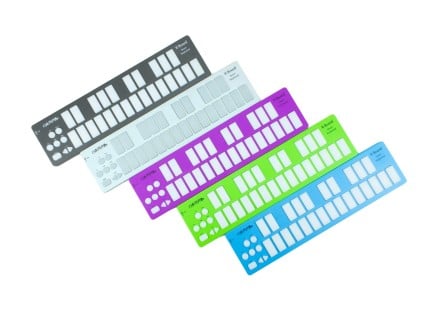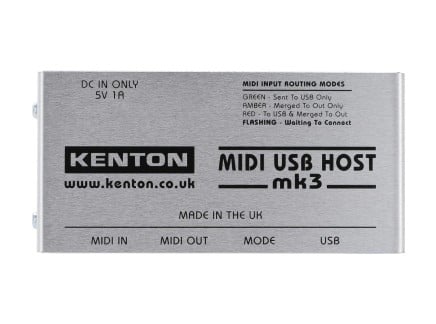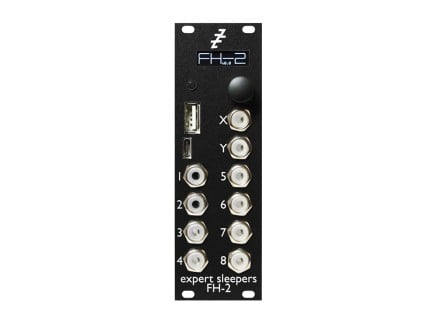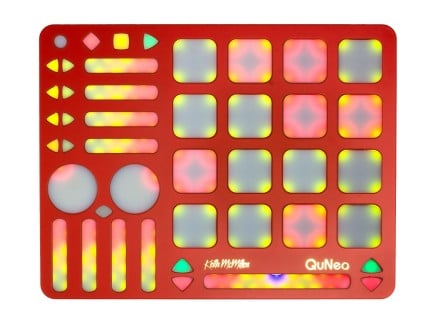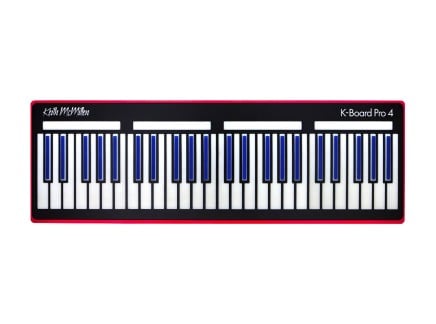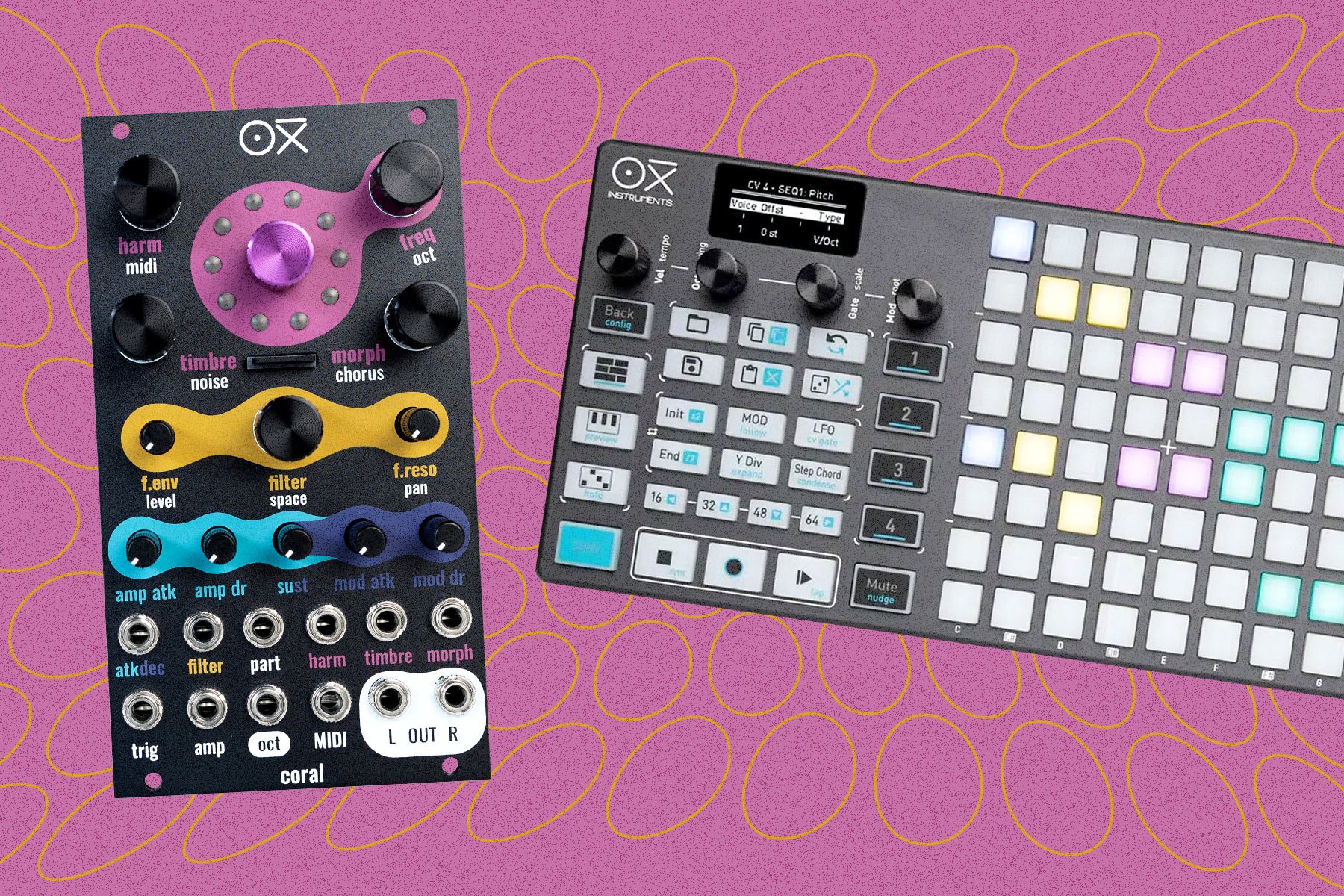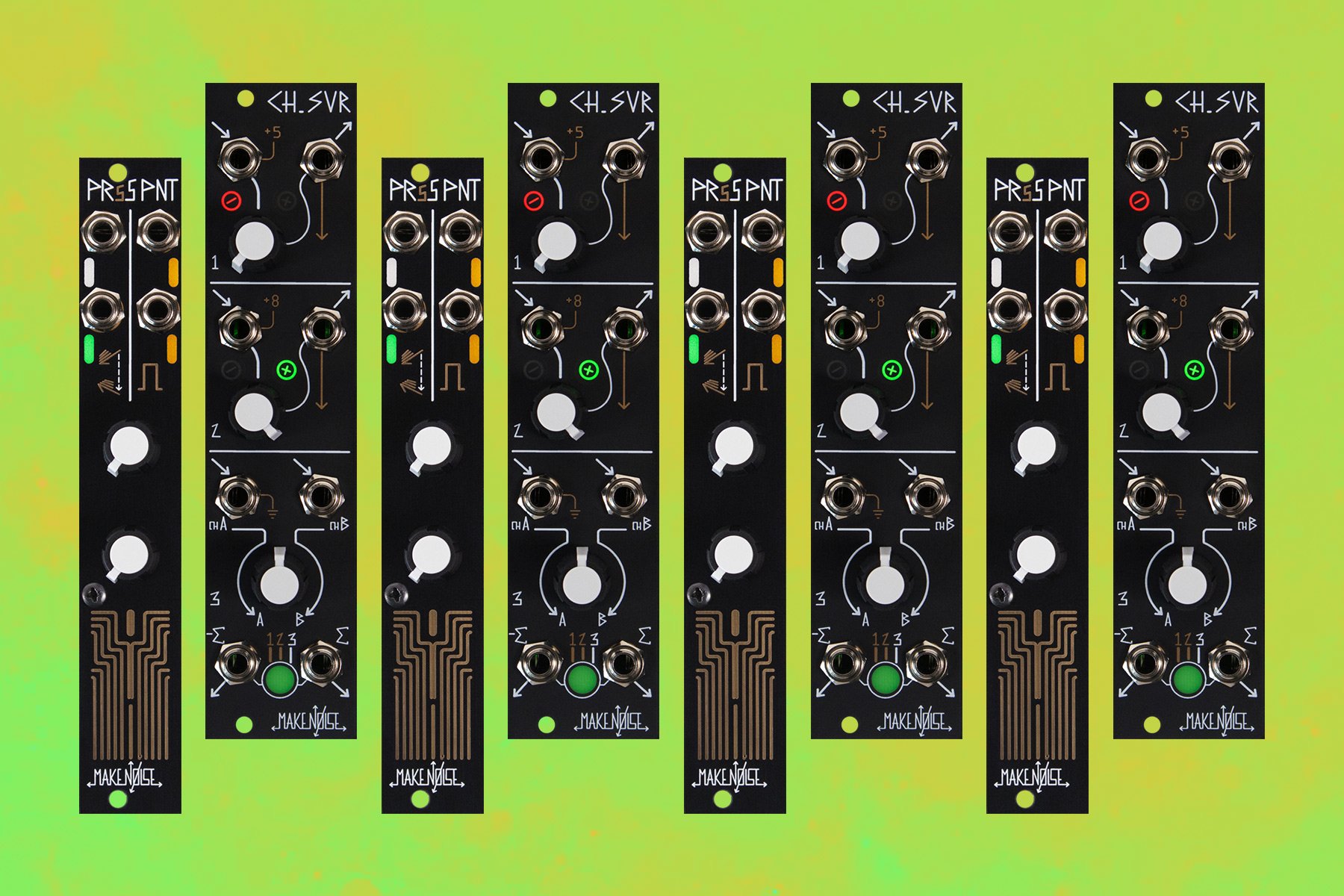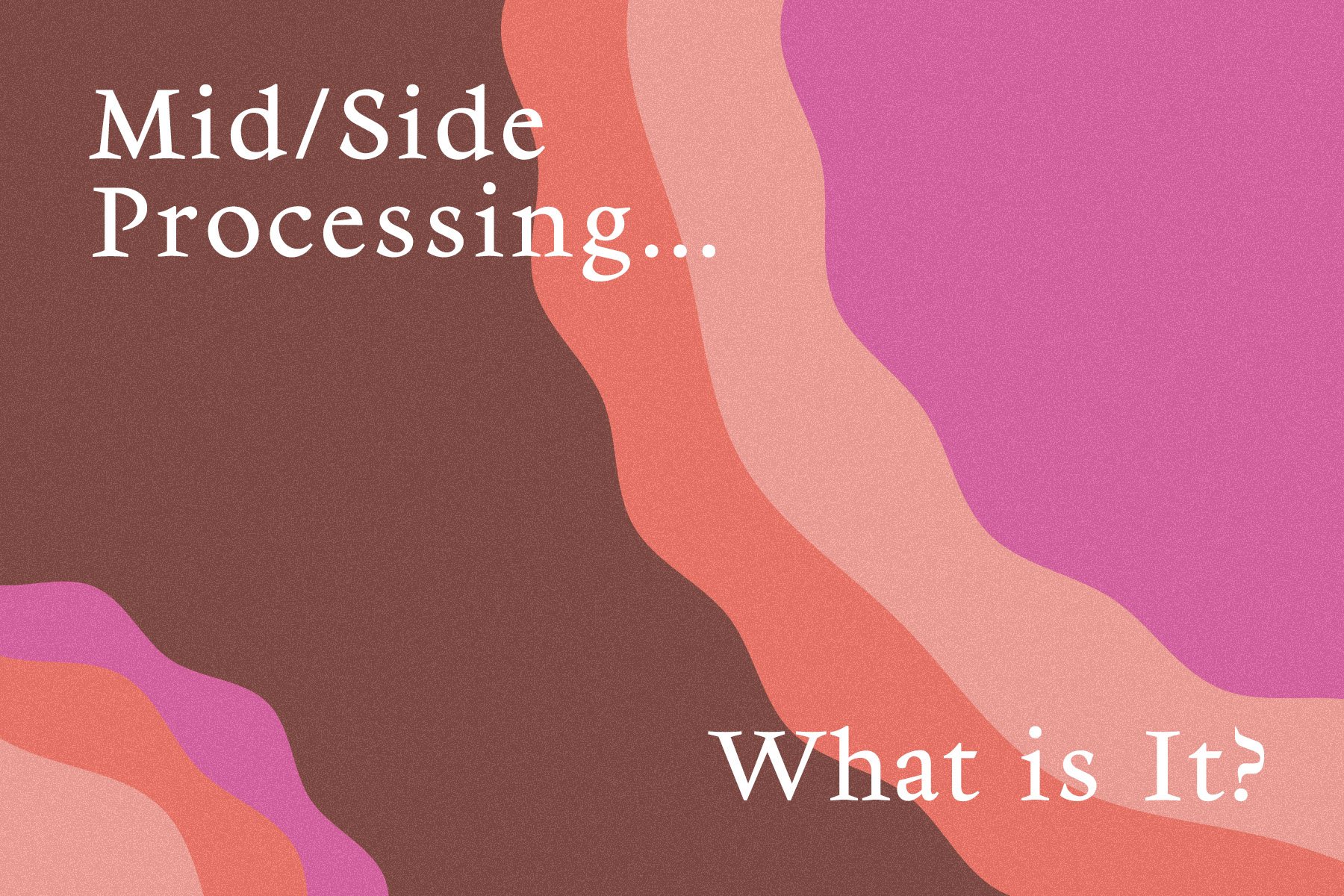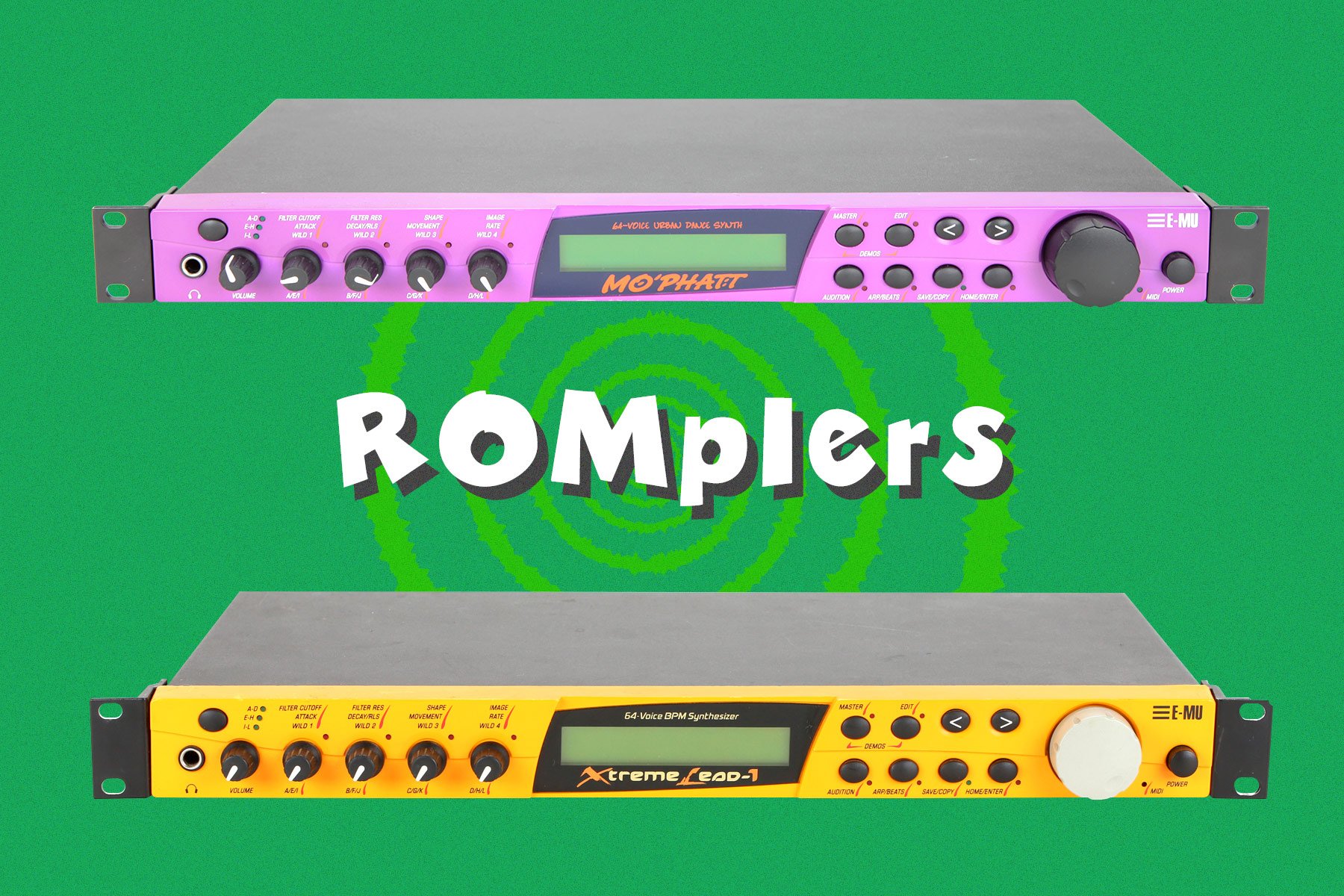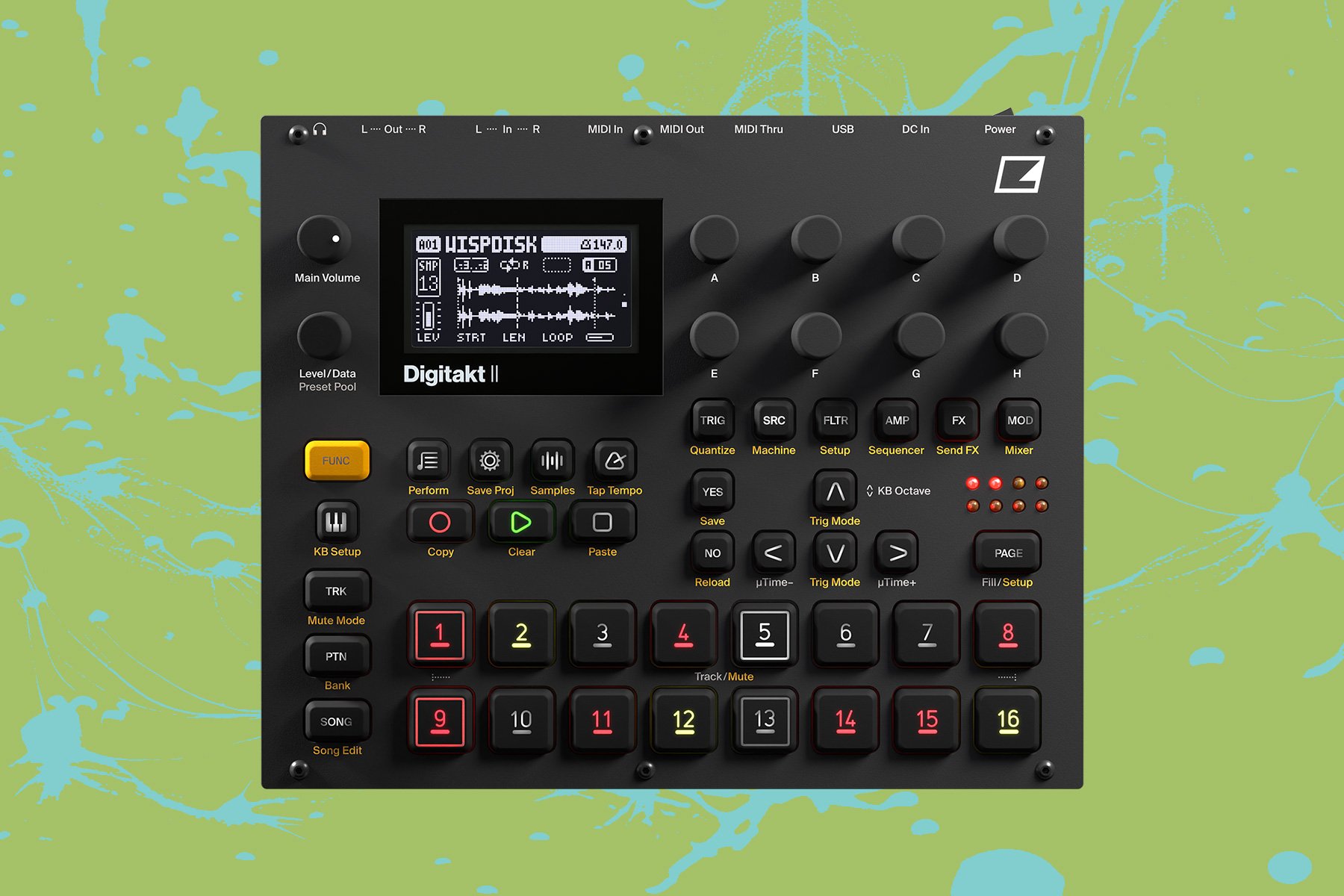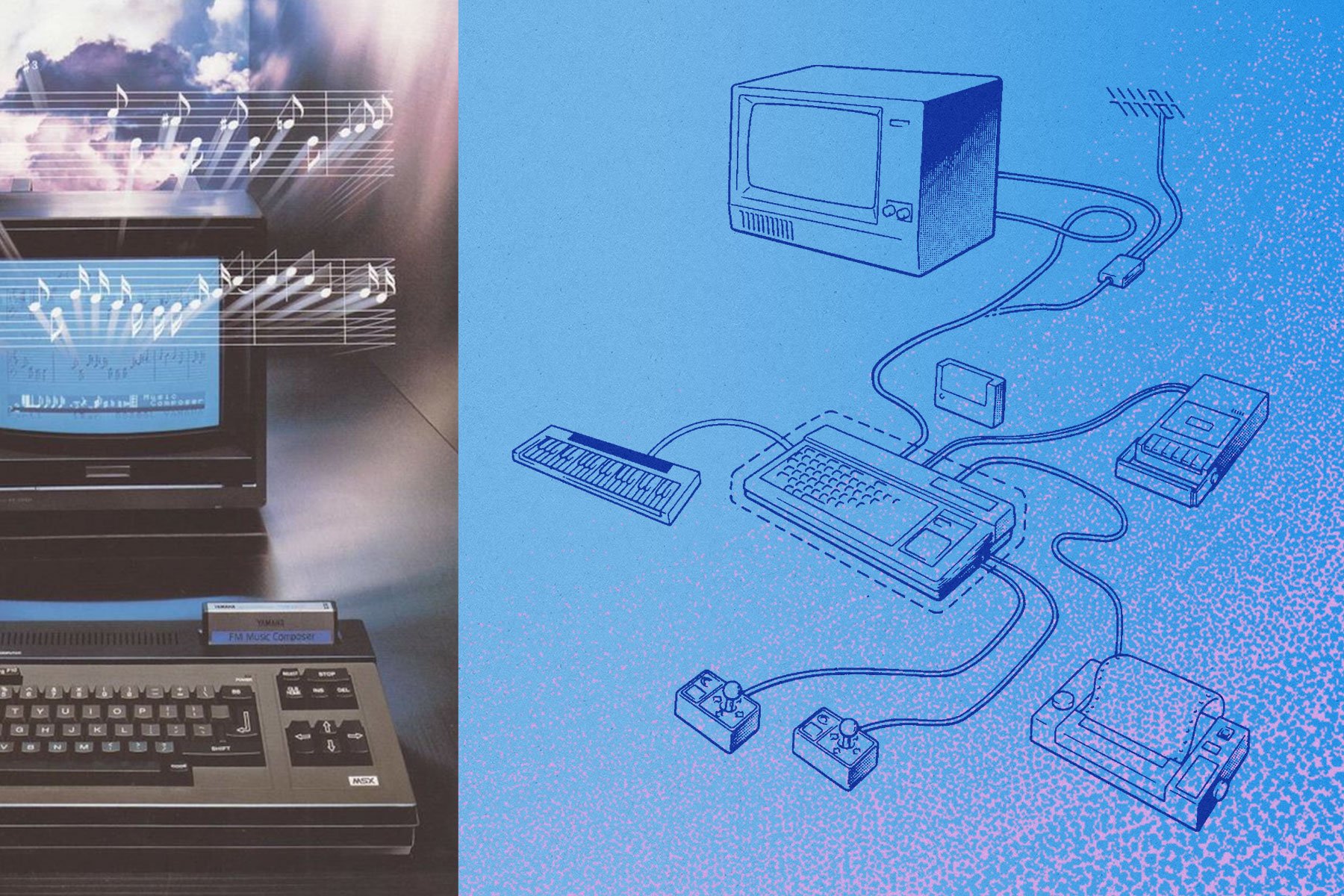Here at Perfect Circuit, we've seen a ton of inventive MIDI controllers over the years that embrace the expressive potential of MPE, short for MIDI Polyphonic Expression. These are often controllers that look nothing like instruments of the past, and go all-in on a forward-thinking mindset in function and aesthetics. Yet somewhere in the middle, there lies a happy medium between the bold, new sounds of the future and the familiarity of existing controllers.
With this in mind, Keith McMillen Instruments offers a whole range of keyboard-like controllers that maintain the universal note layout of a piano yet also pack in crafty capabilities for MPE. And no controller in their lineup would be craftier than the QuNexus RED, the latest version of their compact keyboard controller first released in 2012.
We invited our local modular pal David Rothbaum into our studio for a quick glimpse into how he sculpts a patch on his Eurorack system and incorporates the QuNexus as an exceptional all-rounder controller. Be sure to give it a watch and enjoy his soothing sounds, and read on for some more info on the QuNexus.
What is the QuNexus?
If you've ever wanted a portable yet highly expressive USB MIDI keyboard controller with a slightly different spin on the piano-style layout, the QuNexus just might be what you've been looking for. With 25 "keys" made from KMI's proprietary Smart Fabric, the QuNexus excels at dynamic playing styles thanks to its pressure-sensitivity and full support of polyphonic aftertouch and MPE. But the familiar piano note arrangement makes it feel similar enough to other controllers that you won't get lost while playing chords or melodies, and the additional dimensions of expression allow for some far-out playing styles that classic keyboards could never accommodate. While the two-octave note range could feel limiting to those with a background in piano, the compact design and versatile functionality more than make up for it, and will surely open your mind to new musical ideas.
Wondering how to use the expressive capabilities of QuNexus in your music? Per-note pressure and pitch tilt may be toggled on and off with the buttons on the left, as well as velocity and note-hold features. And provided you're using a MPE-compatible software or hardware synthesizer, you're free to go into your synth and assign pressure to anything from filter cutoffs to LFO modulation rates, while enjoying luscious polyphonic note glides along the way.
Despite its small size, the QuNexus is absolutely packed with hardware ports, well beyond what a basic keyboard controller would usually offer. Though making full use of its I/O requires separate accessory purchases, a few essential cables are included in the box, and everything else you would need is affordably priced. The QuNexus CV and gate I/O connects to modular synths for direct voltage control, and the right-side USB port allows for hardware MIDI output with the included adapter or connection to KMI's own MIDI Expander. If you're looking to bridge the gap with your DAW or simply use QuNexus as a plug-and-play MIDI controller, you can totally do that with the left-side USB-C port.
But the best part is that everything that the QuNexus offers can be used simultaneously, meaning it can control your DAW and modular rig simultaneously. And this extends to its onboard three-track sequencer and arpeggiator, with each track able to be routed to any MIDI channel(s) at the USB and/or expander outputs, as well as the CV and gate outputs. In fact, David puts this flexibility to great use in the video above, making use of both the CV and USB MIDI outputs to directly control various modules in his Eurorack system with tracks of the QuNexus sequencer.
K-Board C vs Qunexus RED: Which one is right for me?
While we're talking about the QuNexus, we should also mention another product in the KMI catalog that looks strikingly similar: the K-Board-C.
Identical in size and layout, the K-Board feels and operates much like the QuNexus, but slims down the I/O and special features to the bare essentials. The K-Board's I/O is clean and simple—in fact, it's just the USB-C port on the left side. With this in mind, it's a great choice for plugging it into your computer and controlling software instruments in your DAW of choice. Like the QuNexus, K-Board is a class-compliant USB MIDI controller, so you can plug it in to your computer and play it right out of the box. But should you want to tweak velocity and aftertouch sensitivities, change the MIDI channel, or turn on MPE, KMI offers a simple and easy-to-use editor software application that can make these adjustments.
Although K-Board doesn't contain the internal sequencer, the additional I/O, or compatibility with the KMI MIDI Expander, it's a no-fuss controller for anyone who wants to add MPE-capabilities to their DAW-centered studio. It's also quite possibly the most affordable MPE controller on the market right now, so it's a fairly low investment to add highly expressive playability to your music when compared to some of the other options out there.
On the other hand, the QuNexus shines as a flexible controller that can drop into a ton of different scenarios. It's more immediately equipped to handle hardware connectivity with its CV I/O and MIDI Expander compatibility, and the internal sequencer can allow you to quickly flesh out musical ideas. QuNexus extends well beyond just a "DAW/softsynth controller" and ventures into the territory of a hybrid hardware/software studio centerpiece.
That said, despite only having a USB port, it is totally possible to use the K-Board in hardware or computer-less setups. But doing so requires another key component to get everything communicating properly, something that will generally work with any USB MIDI controller. If this is your first time confronting this conundrum, read on for a bit more context.
QuNexus + K-Board and USB MIDI Hosts
Whether you spring for the QuNexus or the K-Board, there might be situations where you want to plug its USB-C port directly into some kind of device for hardware control. Maybe you want to use the K-Board as a simple MIDI controller, or you're using the QuNexus sequencer but require more specialized translation of its sequence into control voltage for your Eurorack rig. Regardless of the situation, the important item that you need is a USB MIDI Host.
This is a topic that we've covered with greater detail in a previous article but in short, USB MIDI devices like K-Board and QuNexus require a USB host to both provide power and initiate data communication. This is a key trait of not just USB MIDI devices, but generally any USB device like a mouse or typing keyboard.
USB hosts come in many shapes and sizes—most commonly a computer, tablet, or mobile device. But there certainly are other things that can operate as a USB host, whether as their sole function or among other features. In most cases, the QuNexus with the KMI MIDI Expander operates in the same way a USB Host would. To use K-Board with some of our favorite MPE-capable hardware synths, like the ASM Hydrasynth, Black Corporation Deckard's Dream or UDO Super 6, we love to use the trusty and aptly named MIDI USB Host from Kenton. This handy little box also supports bi-directional communication between USB and DIN MIDI devices, and can facilitate data merging from both sources.
There are also a growing number of Eurorack modules that function as USB MIDI hosts, whether as a simple MIDI-CV converter or as part of a fully-featured sequencer. David uses the Squarp Hermod in the video above, but other options include the Expert Sleepers FH-2 and the Shuttle Control by Endorphines.
But remember, if you've got the QuNexus and you're just looking for basic CV and MIDI output, neither the MIDI Expander nor a USB Host are necessary. The QuNexus includes a handy little mini-USB to MIDI-DIN adapter in the box for MIDI output, and the dedicated CV Cable Kit (sold separately) can get you talking to your modular gear with no trouble. K-Board isn't compatible with the MIDI Expander, so we recommend any of the options listed above.
Assuming (MPE) Control
If you're wondering how to incorporate MPE into your musical life, both the QuNexus and K-Board show that you don't need to invest a lot of money to get started. Their compact design means you'll save on physical space, too, and the familiar keyboard layout helps you establish your musical bearings. The QuNexus in particular packs a staggering amount of connectivity and functionality for its size, and could easily become the hub of your hardware studio. But either way, KMI has shown that their flexible controllers will be capable companions for any musical project.

